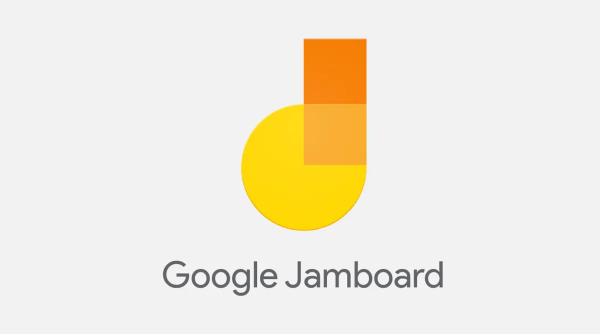Is LGBTQ Representation In TV at an All Time High?
On February 17, LGBTQ-focused media monitoring organization GLAAD released their 17th annual “Where Are We on TV” report, a detailed analysis of the overall LGBTQ diversity in scripted television series. The report found that representation for queer characters has never been better. It assessed series spanning across streaming platforms like Netflix, Hulu, Disney+, Paramount+, Peacock, HBO Max, Apple TV, and Amazon, as well as broadcast and cable networks. While collecting data, GLAAD works with networks to confirm the identities of their characters.
According to the report, nearly 12 percent of all recurring characters across all broadcasting networks are part of the LGBTQ community. In fact, 92 of the 775 series regular characters scheduled to appear on primetime programming in the 2021-2022 season are LGBTQ, which sets a new record at a 2.8 percent increase from this past year.
Characters were also analyzed by specific categories. For the first time in history, lesbians make up the majority at 40 percent, followed by gay men at 35 percent, and then by bisexual characters at 19 percent. This is a particularly interesting achievement, as less than a decade ago lesbian representation lagged behind that of other groups. A possible explanation for this is the “bury your gays” trope in which queer women are often killed off, which decreases that number of recurring lesbian characters in many shows. A decline in this trope has recently been seen, which may be linked to this increase in lesbianism on television.
Across streaming, cable, and broadcasting networks, there are 42 trans characters (a drastic increase from the 29 seen in the previous year) and 25 non-binary characters.
LGBTQ women outnumber LGBTQ men at 57 percent for the third year in a row, particularly bisexual characters. For the fourth year in a row, a majority of characters are people of color in broadcast and streaming at 58 percent. However, a decrease was seen in cable. Overall, representation for people of color increased to 49 percent.
Contrarily, series regular characters with disabilities on broadcast have decreased to 2.8 percent from 3.5 percent last year. Last year, GLAAD called for growth in HIV representation in the entertainment industry in an effort to induce cultural change around the stigma of people who are living with HIV. As opposed to the 2019-2020 season’s 9 characters, only 2 were recorded this year.
Across streaming platforms, there were 358 regularly seen and recurring LGBTQ characters. Out of all of them, Netflix totalled the greatest number of characters at 155, a significant increase from last year’s 110. They were followed by HBO Max with 71 and Amazon and Hulu, both with 36. Apple TV had a mere six, though the results are impacted by the number of shows offered on each of the platforms.
Many see these increases as a small step towards greater diversification in the media. According to Sarah Kate Ellis, GLAAD President and CEO, “At a time when anti-LGBTQ legislation and violence continues to increase, it is cultural institutions like television that take on the crucial role of changing hearts and minds through diverse and inclusive storytelling.”
While this year’s report has ultimately been deemed as a victory, GLAAD’s director of entertainment and research analysis Megan Townsend had this to say on the matter: “…we continue to see that LGBTQ inclusion is often found in clusters from a concentrated number of creatives and networks who have prioritized telling our stories. Just three cable networks account for close to half of all LGBTQ inclusion on cable, and 8.5 percent of LGBTQ characters across all platforms tracked appear on shows tied to just four producers.”
Diverse representation in the world of television is an ongoing conversation among marginalized communities. As society progresses, more and more changes can be seen throughout the media in terms of diversification. Overall, it is predicted that these changes will continue with years to come, and that can only be for the best.





